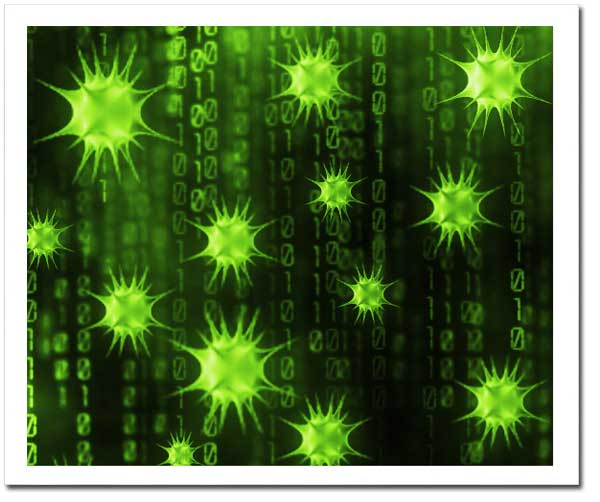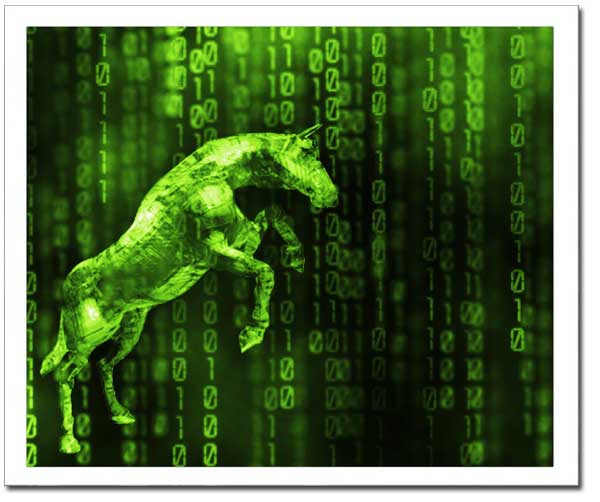Types of Malware
While many computer users face the threat of malware, understanding the different types and how they affect users is essential to protecting against scams and ensuring security for online operations.
Malware is a classification of software that becomes installed on users’ operating systems without their knowledge and exposes the data stored on the computer to criminals. Computer hackers design malware to attack the most commonly used devices, systems and websites. The main objective of most malware is profiting off of unsuspecting computer users. Cyber criminals have a variety of different types of malware designed to ultimately exploit users by accessing their private data and diminishing computer efficiency.
Viruses

Computer viruses are the most common type of malware and the most widely known form of malicious software. Since the beginning of the internet age, “computer virus” has become a household term, although many users may not know what it actually means.
Because the term is often mistakenly used to describe any malicious code, Security4Web.org clarifies the classification of viruses as small programs designed to change the way computers operate without users’ permission or knowledge.
A computer virus is software that becomes stored on a computer by creating a copy of itself and inserting it into part of another program. They are typically attached to an executable file, which can be transferred to other users through a connected network, email attachment, or file sharing program in which viruses are disguised as harmless files.
Viruses can have a number of effects on computers, ranging from annoying pop-ups to slowing down operating systems’ speed, even to completely destroying the programs it has infected.
Running a computer security scan can protect viruses from spreading to computer programs and could eliminate viruses’ threats from slowing down PCs before systems are fully infected.
Worms

While computer worms replicate copies of themselves and damage host programs in a similar way to viruses, they may be more dangerous as they can infect and spread through computer systems without any action from the user. While viruses are copied into software and only affect the computer system when the user activates the host file, worms can operate on their own and spread by exploiting vulnerabilities within the victim’s operating system.
Users have been tricked into activating worms through scams that trick users into clicking on a malicious link disguised as a legitimate source. Because worms are a more dangerous threat to spread themselves through users’ systems, and carry the same potential damage as computer viruses, anti-malware software is especially important to detect computer worm infections users cannot detect on their own.
Trojans

Trojans are named after the ancient Greek historical story of the wooden horse used to fool the people of Troy to unknowingly allow Greek soldiers to infiltrate their protective walls. The nickname is appropriate, as Trojan malware software seems legitimate enough that users voluntarily install them onto their computers, allowing the malware to infect their systems. While most other scams trick users into clicking on a link or opening an email attachment that forces malware into their systems, Trojans deceive users into installing the malicious software onto their systems manually.
Once installed, Trojans carry a variety of functions that can harm a computer user by setting up unwanted pop-up windows, changing their desktops or even stealing data, deleting files or spreading computer viruses. More dangerously, Trojans have been known to create vulnerabilities in the computer that provide the opportunity for other malicious users to access the infected operating system.
While users must use caution in downloading or installing any software, implementing a security solution can protect their computers and their data in case they are fooled by a Trojan that seems safe enough to install on their own.
